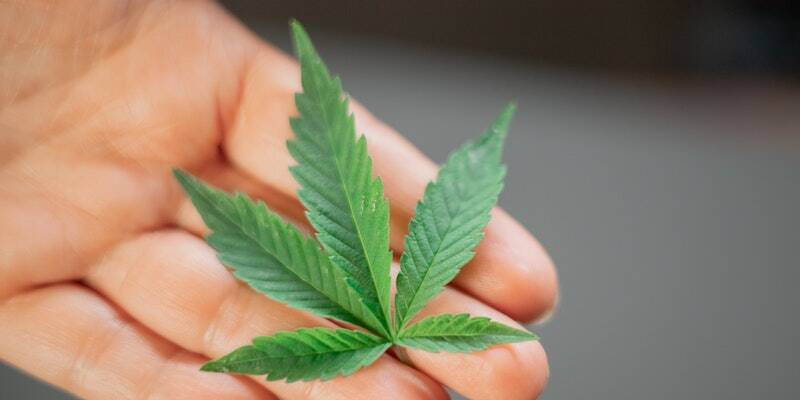According to research, around 50 million Americans are dealing with chronic pain. Some of these people take pain relief medications in an attempt to reduce the intensity of this pain. Others decide to take cannabis, popularly known as CBD oil. It is a type of oil that is obtained from cannabis plants. It is associated with many health benefits, including reducing inflammation and chronic pain. Cannabis can relieve your chronic pain in various ways.
CBD Oil and Relieving Chronic Pain
Chronic pain can affect your ability to carry out your day-to-day activities. That is why it is advisable to seek medical attention whenever you experience persistent pain that lasts more than twelve weeks. Chronic pain is usually hard to treat since it can fail to respond to most of the available pain relief medications. However, it is responsive to opioids such as fentanyl.
Opioids pose a significant risk of addiction. According to research, around 2.1 million Americans are addicted to opioids. That is why more and more people suffering from chronic pain are turning to cannabis.
According to Substance Market, a dispensary in Bend, Oregon, cannabis is a medicine that has been looked down upon for decades. That is why it has not been legalized yet in some states. The drug is said to help reduce chronic pain by binding with the receptors in the body’s endocannabinoid system.
How CBD Acts On the Endocannabinoid System
The system regulates various body processes, including sleep, mood, and appetite. The system helps ensure that your body is in a balanced state. It is made up of three components, which include enzymes, receptors, and endocannabinoids.
Endocannabinoids ensure that your body’s internal functions are running smoothly. Once these molecules carry out their functions, enzymes break them down. On the other hand, receptors bind to endocannabinoids to signal your endocannabinoid system about something. For instance, they might combine with the endocannabinoids in your body to signal your endocannabinoid system that you are experiencing pain.
These receptors are divided into two – CB2 receptors and CBI receptors. The CB2 is usually in your PNS- system(peripheral). CB1 receptors are found in your nervous system(central). High amounts are in the nervous system areas responsible for transmitting pain signals. CBD activates these receptors, which in turn helps block the transfer of pain signals to your brain. The result is usually a reduction in chronic pain. CBD also stimulates CB2 and CB1 receptors, enabling the body to produce cannabinoids.
How To Use CBD for Pain Relief
If you suffer from chronic pain and you intend to use cannabis for pain relief, you need first to research whether this drug is legalized in your state or not. If it is legalized, you can go ahead and use it. However, you should seek advice from a doctor before using it. If it is not legalized, look for an alternative.
You also need to choose your most preferred consumption method since people can consume cannabis in different forms. For instance, it can be inhaled or applied to the skin. You can also consume it in the form of edibles such as tinctures, brownies, and gummies. Inhalation is the most preferred method by many people. When you choose this method, you will experience the effects associated with CBD within two minutes. You will continue experiencing these effects for the next thirty minutes.
When it comes to CBD inhalation, you can decide to smoke marijuana or use a vaporizer. When you smoke this drug, 25% of its active compounds will be absorbed into your body. 33% of CBD’s active compounds will be absorbed when you decide to use a vaporizer. That will not be the case when you eat marijuana-containing products. With these products, you will not feel the effects of cannabis the right way. That will still be the case with marijuana-containing ointments.
CBD is a product that has proved to offer many health benefits. For instance, it can help reduce chronic pain. It can also help alleviate anxiety symptoms and other mental disorder symptoms. It does all this by binding with the CB1 and CB2 receptors in the endocannabinoid system.

